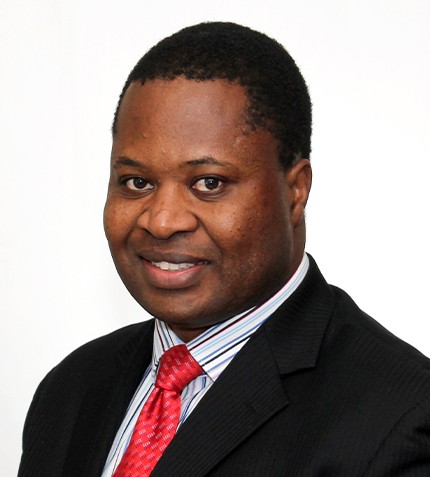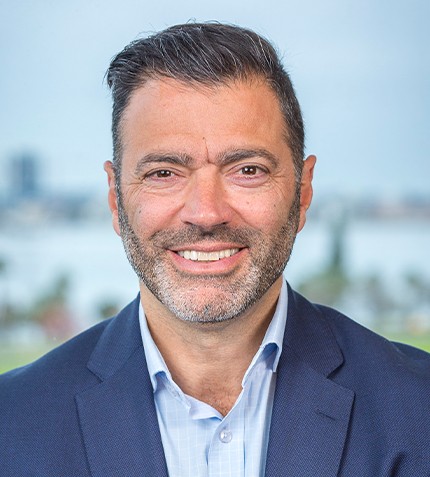
"The EY annual review of risks and opportunities finds environment and social, decarbonization and license to operate are the top risks facing miners over the next 12 months."
Theo Yameogo
EY CANADA & EY AMERICAS MINING AND METALS LEADER, ERNST & YOUNG
How significant is mining to EY’s business in Canada?
Last year, EY launched the Americas Mining and Metals Centre of Excellence, a growth engine that will allow us to respond to the energy transition requirement facing the industry. Millions of dollars are invested in the centre to offer companies across North and South America access to cutting-edge services and innovation-led solutions. We are working closely with key industry players such as NORCAT, Exyn Technologies, Sympact and Enviro Integration Strategies to bring this to clients. An example of our work in Canada is our collaboration with Exyn, where we are working on a solution that will allow us to monitor tailings using robotic drones alongside automation. The team from EY automates the calculations and dashboarding for the mining companies and the drone captures the data using IoT devices and geotechnical sensors then send it through the Cloud. This allows monitoring of tailings at any given time.
What challenges is the industry facing in the technological and digital realms and how can EY support?
While digital transformation will remain in boardroom discussions, the priority item on all agendas is ESG. The EY annual review of risks and opportunities finds environment and social, decarbonization and license to operate are the top risks facing miners over the next 12 months. But navigating these pillars is increasingly challenging given the breadth of issues the sector faces, coupled with the myriad of reporting standards they need to adhere to. Greater investments in digital and innovation will be needed to help companies diversify and differentiate.
As companies make greater and more rapid investments in technology to drive optimal efficiency, they cannot ignore a major growing risk: cybersecurity. Ongoing integration between IT and OT networks, reliance on third parties with less secure networks and limited workforces are all creating new entry points for cybercrime. We are working with clients to assess the business risks, critical assets and risk event scenarios to not only respond, but mitigate cyber threats.
How can the mining industry achieve Net Zero and is it attainable without carbon credits?
Net Zero goes back to an equation on input and output. Carbon credits or offsets seem to be one of the easiest ways. Regardless, we’ll expect to see most of our clients change the way they do business on their journey to achieve net-zero emissions. For example, some are reducing diesel and HFO usage, and others are investing in solar farms. Another trend is the electrification of equipment to help cut back on diesel usage. Overall, the industry is mixing both; using offsets and changing their approach to mining to make it more sustainable. At EY, we’re proud to have achieved carbon negative in 2021 and look forward to progressing on our target to become net zero by 2025.
Are there enough resources in the world to achieve the global target of reducing emissions by 45% by 2030 or are new technologies needed?
For the mining industry, the role is two-fold. Companies must address their carbon footprint and reduce emissions, while providing the minerals and materials needed to help companies in adjacent industries do the same. But balancing the two is becoming increasingly complex. And with recent calls from the UN Climate Change Conference of the Parties (COP26) demanding all businesses to take action, the pressure is mounting for Canadian mining and metals companies to accelerate their decarbonization efforts.
Goodwill is not enough to force change. It’s going to take collective action, progressive regulation and new technologies to help reach ambitious carbon reduction goals.
Do you have a final message to share with our readers?
Whether stone, bronze, iron, silica (computer processors) or beyond, every industrial revolution has been reliant on the mining industry to achieve meaningful progress. Today’s landscape is no different. We must build a sustainable, equitable sector that can help deliver the critical minerals needed to accelerate energy transitions and achieve decarbonization efforts.










